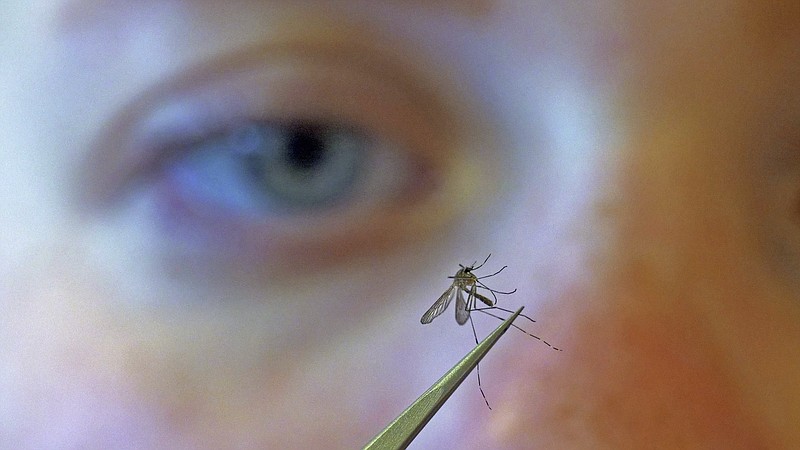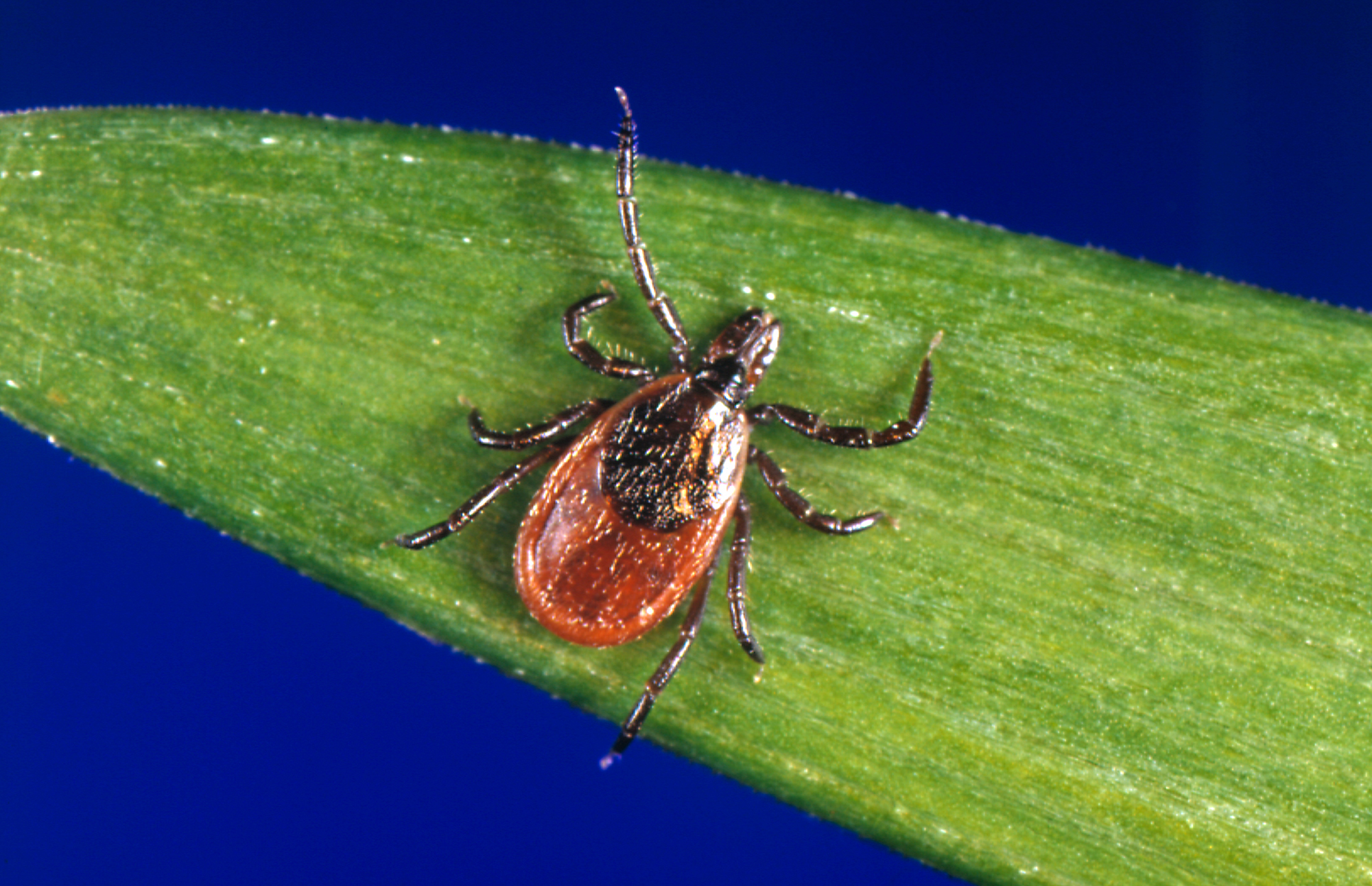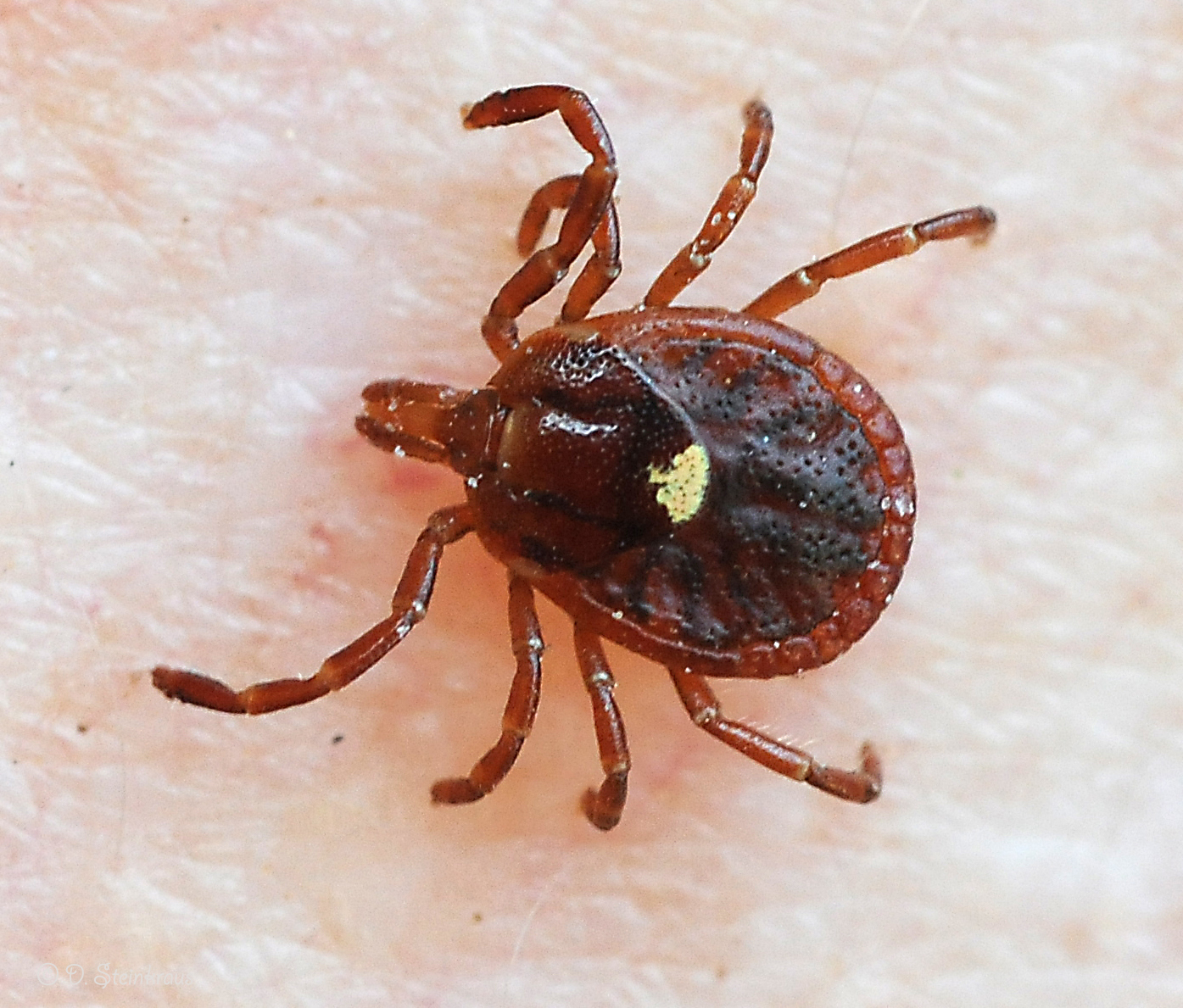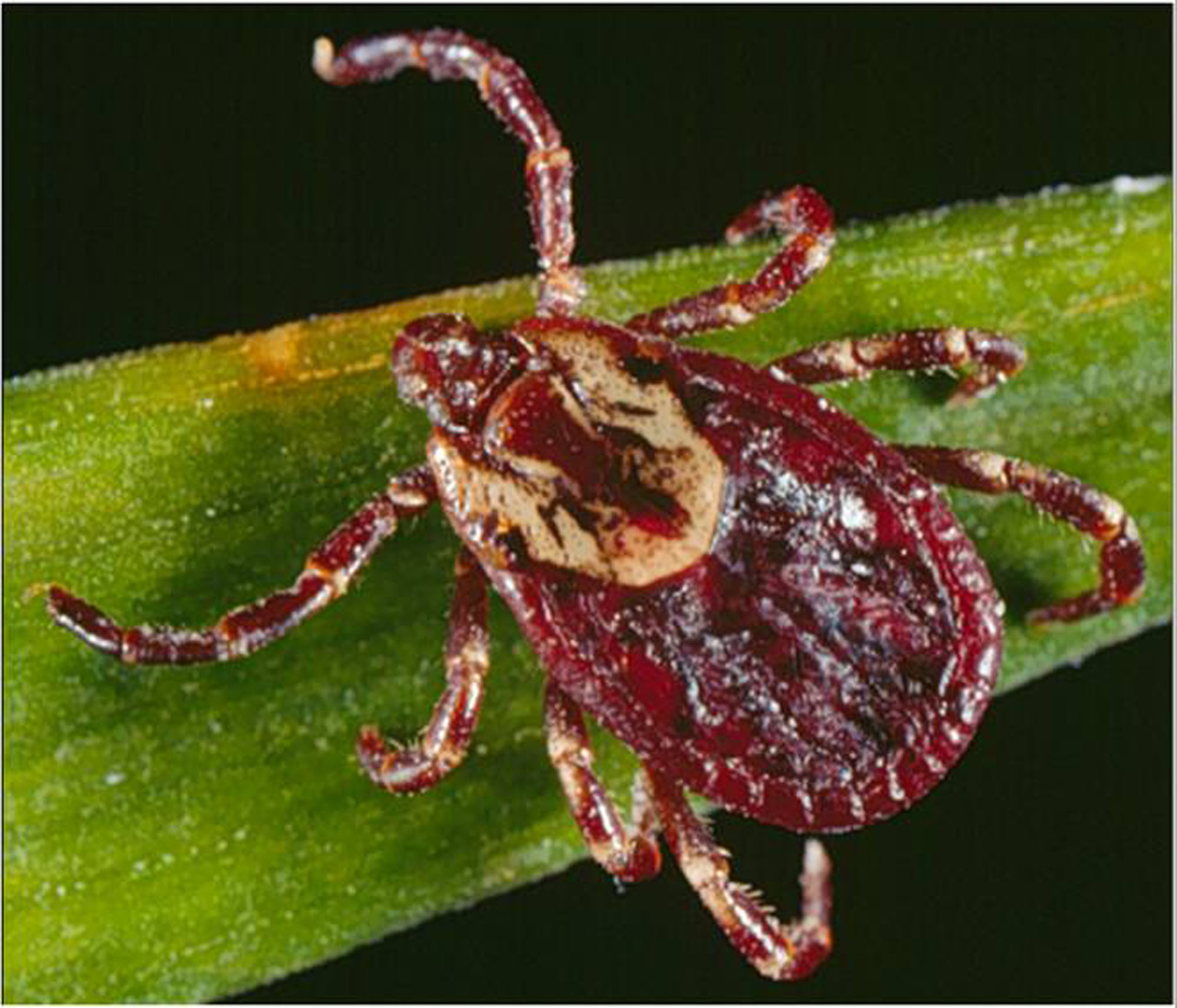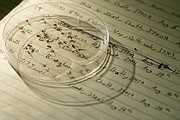As Chattanooga residents go outdoors more often in warmer weather, pesky little insects like ticks and mosquitoes will be there to meet them. Though these critters serve as a necessary food source for many species, they can pose several risks to humans, from minor itchy bites to serious diseases and parasites.
Here's how to prevent bites from ticks and mosquitoes this season:
KNOW BEFORE YOU GO
— Know where to expect ticks and mosquitoes. Ticks live in grassy, brushy or wooded areas and even on animals. Spending time outside walking your dog, camping, gardening or hunting could bring you in close contact with ticks. Many people get ticks in their own yard or neighborhood.
— Avoid wooded and brushy areas with high grass, shrubs and leaf litter.
— Walk in the center of trails.
— Choose a hotel or lodging with air conditioning or window and door screens.
— Use a mosquito net if you are unable to stay in a place with air conditioning or window and door screens, or if you are sleeping outside.
If you're planning to travel overseas, be prepared to prevent mosquito bites because mosquitoes in other countries can spread the following viruses and parasites that are not common or not present in the continental United States:
— Chikungunya
— Dengue
— Dirofilariasis (dog heartworm)
— Japanese encephalitis
— Lymphatic filariasis
— Malaria
— Rift Valley fever
— Ross River
— Yellow fever
— Zika
Travelers should learn about risks and how to prevent mosquito bites during their trip. If you are traveling to an area where malaria is found, talk to your doctor or health care provider about malaria prevention medication.
Familiarize yourself with the different ticks that may be in your area as well as diseases that can be transmitted by them:
— Blacklegged tick: Widely distributed across the Eastern United States. Transmits Borrelia burgdorferi and B. mayonii (which cause Lyme disease), Anaplasma phagocytophilum (anaplasmosis), B. miyamotoi disease (a form of relapsing fever), Ehrlichia muris eauclairensis (ehrlichiosis), Babesia microti (babesiosis) and Powassan virus (Powassan virus disease).
— Lone Star tick: Widely distributed in the Eastern United States but more common in the South. Transmits Ehrlichia chaffeensis and E. ewingii (which cause human ehrlichiosis), Francisella tularensis (tularemia), Heartland virus (Heartland virus disease), Bourbon virus (Bourbon virus disease) and Southern tick-associated rash illness (STARI).
— American dog tick: Widely distributed east of the Rocky Mountains. Transmits Francisella tularensis (tularemia) and Rickettsia rickettsii (Rocky Mountain spotted fever).
— Brown dog tick: Found worldwide. Transmits Rickettsia rickettsii (Rocky Mountain spotted fever). Primary vector for R. rickettsii transmission in the Southwestern United States and along the U.S .-Mexico border.
— Groundhog tick: Found throughout the eastern half of the United States. Transmits Powassan virus (Powassan virus disease).
— Gulf Coast tick: Distributed primarily in the Southeastern United States, with focal populations in the Northeastern, Midwestern, and Southwestern United States. Transmits R. parkeri (R. parkeri rickettsiosis), a form of spotted fever.
— Rocky Mountain wood tick: Found in Rocky Mountain states. Transmits Rickettsia rickettsii (Rocky Mountain spotted fever), Colorado tick fever virus (Colorado tick fever) and Francisella tularensis (tularemia).
— Soft tick: Found throughout the western half of the United States, including Texas. Transmits Borrelia hermsii, B. turicatae (tickborne relapsing fever).
— Western blacklegged tick: Found in Pacific Coast states. Transmits Anaplasma phagocytophilum (anaplasmosis), B. burgdorferi (Lyme disease) and very likely B. miyamotoi (Borrelia miyamotoi disease, a form of relapsing fever).
View a full guide to ticks on the CDC's website at bit.ly/3MYE3Qs.
USE INSECT REPELLENT
You should use only insect repellents registered through the Environmental Protection Agency with one of the following active ingredients:
— DEET.
— Picaridin (known as KBR 3023 and icaridin outside the U.S.).
— IR3535.
— Oil of lemon eucalyptus (OLE).
— Para-menthane-diol (PMD).
— 2-undecanone.
Only use and reapply insecticides as directed. When used as directed, EPA-registered insect repellents are safe and effective, even for pregnant and breastfeeding women.
Do not spray repellent on the skin under clothing. If you are also using sunscreen, apply sunscreen first and insect repellent second.
When using insect repellent on your child, always follow the label instructions. Do not apply insect repellent to a child's hands, eyes, mouth, cuts or irritated skin. Adults should spray insect repellent onto their hands and then apply to a child's face. Do not use products containing oil of lemon eucalyptus or para-menthane-diol on children under 3 years old.
And remember: When wearing repellent or even sunscreen, avoid handling wildlife and swimming in creeks and rivers. Studies have shown that when these chemicals are present in surface waters, they have detrimental effects on salamander and frog populations.
For a chemical-free option, the EPA recommends a repellent made with the oil of lemon eucalyptus.
You can use the EPA's search tool at bit.ly/3MUyHWG to find the right repellent for you.
WEAR PROPER CLOTHING
— Wear long-sleeved shirts, long pants, socks and a hat. Mosquitoes may bite through thin clothing.
— Wear light-colored clothing so you can see ticks more easily.
— Consider wearing a mosquito net around your face if you plan to be in an infested area. You can also cover strollers and baby carriers with mosquito netting.
— Treat items such as boots, pants, socks with 0.5% permethrin or buy permethrin-treated clothing and gear. Permethrin-treated clothing will protect you after multiple washings. See product information to find out how long the protection will last. If treating items yourself, follow the product instructions. Do not use permethrin products directly on skin.
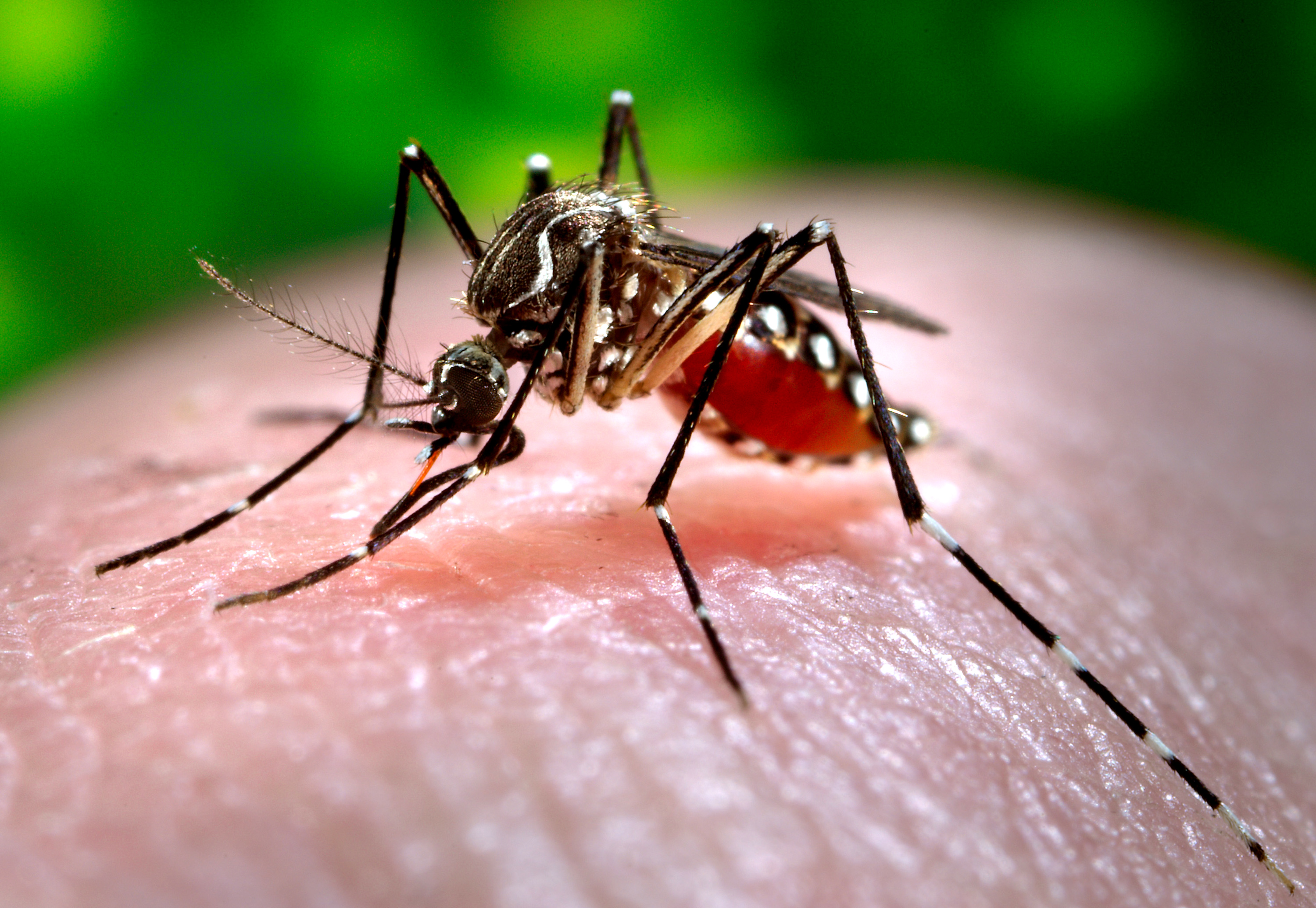 This 2006 photo made available by the Centers for Disease Control and Prevention shows a female Aedes aegypti mosquito acquiring a blood meal from a human host at the Centers for Disease Control in Atlanta. The Chikungunya virus, spread by mosquitoes such as this and the Aedes albopictus species, causes fever and agonizing joint pain that can last for months. (AP Photo/Centers for Disease Control and Prevention, James Gathany)
This 2006 photo made available by the Centers for Disease Control and Prevention shows a female Aedes aegypti mosquito acquiring a blood meal from a human host at the Centers for Disease Control in Atlanta. The Chikungunya virus, spread by mosquitoes such as this and the Aedes albopictus species, causes fever and agonizing joint pain that can last for months. (AP Photo/Centers for Disease Control and Prevention, James Gathany)James Gathany
USE A MOSQUITO NET
— Choose a mosquito net that is compact, white, rectangular, with 156 holes per square inch and long enough to tuck under the mattress. Permethrin-treated mosquito nets provide more protection than untreated nets.
— Tuck the net under the mattress to keep the mosquitoes out.
— Tuck netting under the crib mattress or select a mosquito net long enough to touch the floor.
— Pull the net tightly to avoid choking hazards for young children. Check label instructions for additional information.
— Hook or tie the sides of the net to other objects if they are sagging in towards the sleeping area.
— Check for holes or tears in the net where mosquitoes can enter.
— Do not hang the net near any candles, cigarettes or open fires, as it can catch on fire.
— Do not sleep directly against the net, as mosquitoes can still bite through the holes.
MAKE ADJUSTMENTS AROUND HOME
— Use screens on windows and doors. Repair holes in screens to keep mosquitoes outdoors.
— Use air conditioning, if available.
— Replace your outdoor lights with yellow "bug" lights, which tend to attract fewer mosquitoes than ordinary lights. The yellow lights are not repellents.
— Stop mosquitoes from laying eggs in or near water. Check for water-holding containers both indoors and outdoors. Once a week, empty and scrub, turn over, cover or throw out items that hold water such as rain gutters, tires, plastic covers, bird baths, fountains, toys, raijn barrels, buckets, planters, toys, pools, birdbaths, flowerpots and trash containers. Drain or fill temporary pools of water with dirt and keep swimming pool water treated and circulating.
CHECK FOR TICKS WHEN COMING BACK INDOORS
— Check your clothing. Any ticks that are found should be removed.
— Tumble dry clothes in a dryer on high heat for 10 minutes to kill ticks on dry clothing after you come indoors. If the clothes are damp, additional time may be needed. If the clothes require washing first, hot water is recommended. Cold and medium temperature water will not kill ticks.
— Examine gear and pets. Ticks can ride into the home on clothing and pets, then attach to a person later, so carefully examine pets, coats and daypacks.
— Shower soon after being outdoors. Showering within two hours of coming indoors has been shown to reduce your risk of getting Lyme disease and may be effective in reducing the risk of other diseases carried by ticks. Showering may help wash off unattached ticks, and it is a good opportunity to do a tick check.
— Check your entire body for ticks after being outdoors. Use a hand-held or full-length mirror to view all parts of your body. Check these parts of your body and your child's body for ticks: under the arms, in and around the ears, inside the belly button, back of the knees, in and around the hair, between the legs and around the waist.
REMOVE TICKS AS SOON AS THEY'RE FOUND
If you find a tick attached to your skin, simply remove the tick as soon as possible. There are several tick removal devices on the market, but a plain set of fine-tipped tweezers works very well.
1. Use clean, fine-tipped tweezers to grasp the tick as close to the skin's surface as possible.
2. Pull upward with steady, even pressure. Don't twist or jerk the tick; this can cause the mouth-parts to break off and remain in the skin. If this happens, remove the mouth-parts with tweezers. If you cannot remove the mouth easily with tweezers, leave it alone and let the skin heal.
3. After removing the tick, thoroughly clean the bite area and your hands with rubbing alcohol or soap and water.
4. Dispose of a live tick by putting it in alcohol, placing it in a sealed bag/container, wrapping it tightly in tape or flushing it down the toilet. Never crush a tick with your fingers.
Sources: Centers for Disease Control and Prevention, U.S. Environmental Protection Agency
